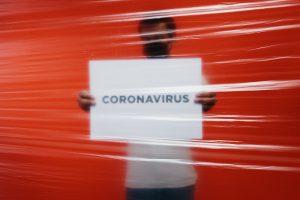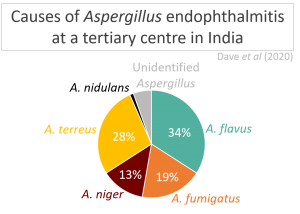Submitted by Aspergillus Administrator on 27 October 2011
-
Posaconazole has been used successfully for preventing invasive fungal infections in at risk patients, despite it giving relatively low serum concentrations. However, high tissue levels of this agent have been reported in treated patients.
- A recent study has tested the theory that it is the intracellular levels of posaconazole which are important for determining the success of this antifungal for prophylaxis. see Campoli et al
- By exposing endothelial cells to posaconazole or itraconazole, then removing any extracellular drug, prior to allowing infection with various fungal species – they were able to inhibit growth of A. fumigatus for at least 48 hours and the cells were protected from damage caused by infection. Cell-associated posaconazole levels were 40 to 50-fold higher than extracellular levels and the drug was predominantly detected in cellular membranes. Fungistatic levels of posaconazole persisted within epithelial cells for up to 48 hours.
The protective effect was not possible for antifungals other than posaconazole and itraconazole. The study suggests that the concentration of posaconazole in the cellular membranes is responsible for its effectiveness when used as a prophylactic drug, and explains the discrepancy between serum levels of these drugs and their effectiveness.
- Measurement of the pharmacokinetics of the cellular and membrane fractions respectively- may enable the refinement of dosing strategies to enhance action of the drugs whilst minimising exposure to the antifungal agent.
News archives
Showing 10 posts of 953 posts found.
-
Title
Date


